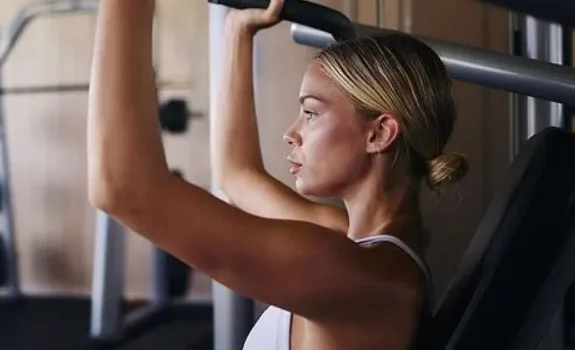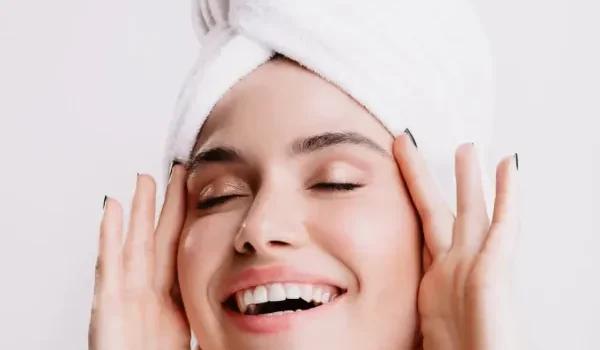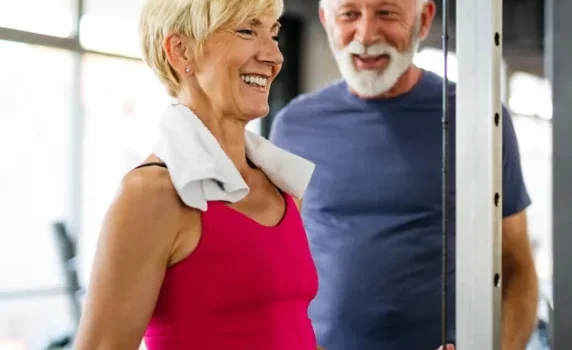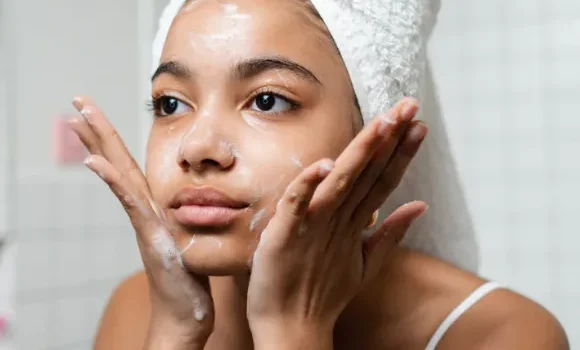
Strength training is beneficial for women of all ages, yet there are numerous myths that continue to discourage women from embracing it. As someone who once navigated the world of fitness with little experience, I’ve encountered the typical concerns many women have about weightlifting. These include fears of bulking up, being too sore, or simply not knowing where to start. But over time, I’ve learned that strength training is essential, and these myths need to be put to rest.
In this post, I’m going to break down nine common myths about strength training for women and explain why they simply aren’t true. Armed with scientific facts, you’ll be motivated to embrace strength training for the long haul.
1. Building Muscle Takes Time
It’s impossible to develop a bulky physique overnight. Bodybuilders spend hours at the gym, follow strict diets, and perform high-repetition routines. Unless you’re working out for hours a day and drastically increasing your protein intake, it’s unlikely that you’ll accidentally “bulk up.” Building muscle takes months of consistent effort, and it won’t happen by accident.
2. The “Swole” Feeling Is Temporary
After a strength training session, you might feel sore or notice temporary swelling in your muscles. This is called Delayed Onset Muscle Soreness (DOMS), and it’s a sign that your muscles are repairing themselves after the small tears caused by the workout. This feeling is short-lived, and as your body heals, it will come back stronger than before. If you’re sore for more than five days, however, you might be overdoing it.
3. Strength Training Improves Your Fit
Strength training can significantly improve your body composition. With a solid workout routine and a balanced diet, you may find that your clothes fit better as your body gains muscle and loses fat. Keep in mind that muscle takes up less space than fat, so even if the scale doesn’t budge much, your clothes may feel looser and more comfortable.
4. Muscle Mass Helps Maintain Weight Loss
Strength training is essential for maintaining weight loss over time. When you lose weight, it’s common to lose both fat and muscle. The goal is to retain as much muscle as possible to keep your metabolism strong. Without strength training, your metabolism may slow down, making it easier to gain weight back when you slip back into poor eating habits.
5. Strength Training Boosts Coordination
Strength training does more than just build muscles—it enhances your mind-body connection. In the first few months of strength training, you’ll see significant improvement in your coordination, which will carry over into daily movements. A stronger connection between your brain and muscles reduces the risk of injury and improves overall movement efficiency.
6. Strength Training Promotes Self-Sufficiency
Strength training builds the functional strength you need to handle life’s physical challenges. Whether it’s carrying groceries, picking up children, or simply moving furniture, lifting weights makes these tasks easier. It reduces the physical effort needed for daily activities, leaving you feeling more capable and confident.
7. Five-Pound Dumbbells Aren’t Enough
While five-pound dumbbells might be suitable for beginners, they aren’t going to provide much of a challenge for long. To make progress, you need to gradually increase the weight to challenge your muscles. For upper body exercises, increase your weight by 2-5 pounds, and for lower body exercises, you can increase by 5-10 pounds. Gradually progressing in weight will ensure you continue making gains.
8. You Don’t Need Personal Training Forever
If you’re just starting strength training, hiring a certified personal trainer can be helpful for learning proper form and technique. However, you don’t need a personal trainer forever. Once you’ve learned the basics, you can train on your own and continue to make progress. When you hit a plateau, revisit a trainer to gain new insights and take your training to the next level.
9. Strength Training Boosts Confidence
Strength training not only builds physical strength but also boosts mental fortitude. After months of consistent training, you’ll begin to feel more confident, knowing that you’re capable of lifting heavier weights and pushing yourself beyond your limits. This confidence radiates through everything you do and improves your overall well-being.
Conclusion
Strength training isn’t just about physical appearance; it’s about gaining confidence, improving your daily life, and building strength that will last a lifetime. Don’t let these myths hold you back from reaching your full potential. Embrace strength training, stay consistent, and experience the numerous benefits that come with it.



















